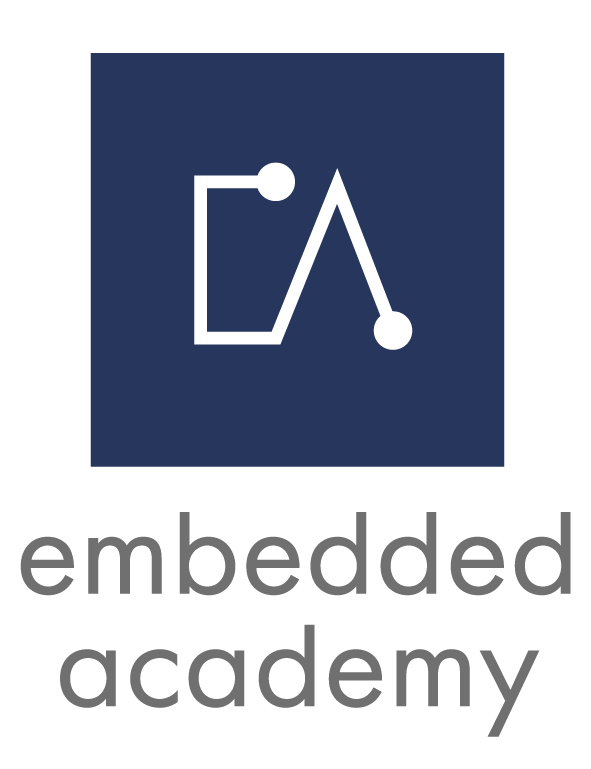E-Learning Course Bridge Circuits
Content
E-Learning Introduction to Bridge Circuits (35 min)
- Basics (Voltage Divider, Circuit, Output Voltage, Variations, Applications)
- Balanced Bridge Circuit
- Unbalanced Bridge Circuit
- Applications
Target
Trailer
Insights
Course Content
What are Bridge Circuits?
Bridge circuits are electrical circuits that are often used to measure changes in resistance, to control motors or for voltage conversion. One of the best known forms is the Wheatstone bridge, which consists of four resistors arranged in a square pattern. Two opposite corners are connected to a voltage source, while the output voltage is measured between the other two corners. This voltage varies depending on the resistance changes within the circuit, making it particularly useful for precise measurements.
Why do you need Bridge Circuits?
Bridge circuits are mainly used in measurement technology to precisely measure small changes in resistance. Such measurements are important in many areas of technology and science, e.g. when using strain gauges to measure mechanical strain, in temperature measurement with thermistors or for calibrating sensors. By utilizing the symmetry and sensitivity of the bridge circuit, even slight changes in resistance can be reliably recorded, which is essential in measurement technology and when recording physical quantities.
The bridge circuit also serves as the basis for circuits in power electronics and energy technology. The conversion of alternating current into direct current, for example, is performed by the bridge rectifier. Another important application is the control of motors by means of frequency converters. The four-quadrant controller, which consists of semiconductor switches such as transistors or MOSFETs, is also based on a bridge circuit.
How are Bridge Circuits related to Embedded Systems?
Bridge circuits can be integrated directly into embedded systems. Bridge circuits can be used to control components. A typical example is the H-bridge, which is used to control electric DC motors that can be operated in both directions.
In addition, the signals measured via bridge circuits can be monitored and analyzed in real time by an embedded system. This data can then be used for regulation and control tasks or forwarded to other systems or PCs via bus systems.
What do you learn in the e-learning course on Bridge Circuits?
The e-learning course on bridge circuits begins with a basic introduction to the topic.
Part of the course is a detailed discussion of the Wheatstone bridge, including the different configurations and the specific application for measuring resistance changes. It also explains how to correctly integrate bridge circuits into a measurement system and how to interpret the resulting data.
In the final part, the course discusses applications of bridge circuits in power electronics and power engineering.
You must log in and have started this course to submit a review.

Efficiently and simply explained. Loved the exercises